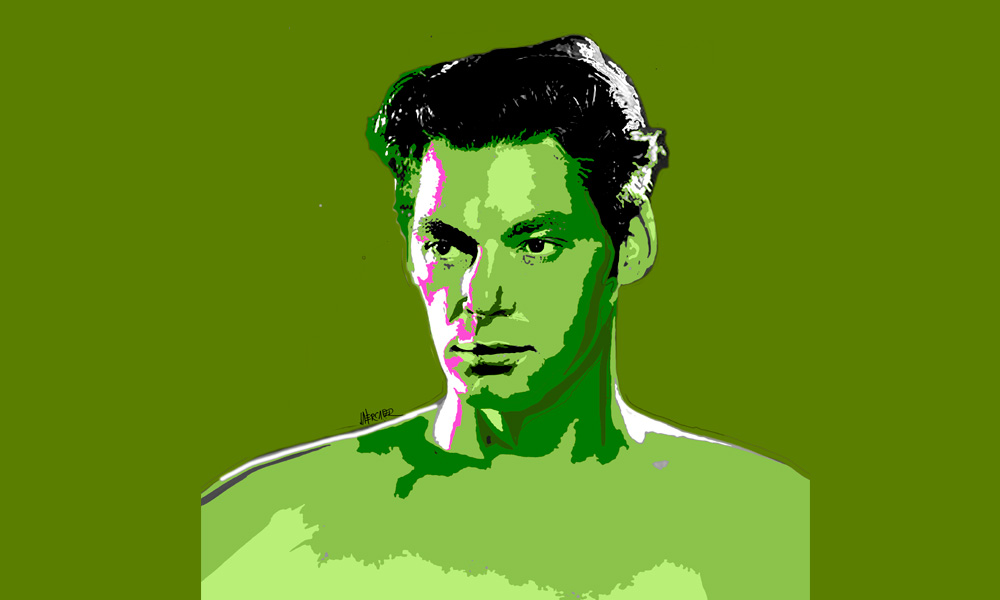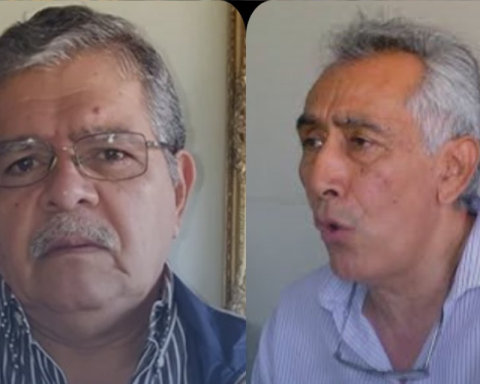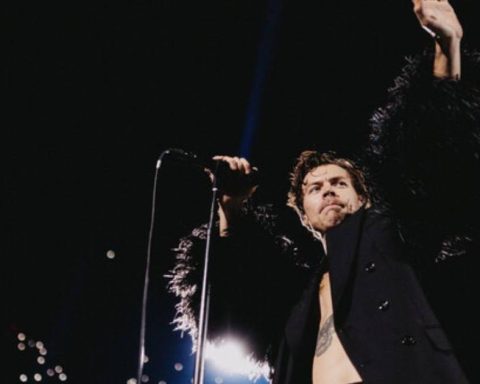The feat occurred at the 1924 Olympics
Edmond Dehorter’s voice could be heard perfectly clearly on the radio as he narrated the boxing matches live from the Colombe Stadium, on the outskirts of Paris, where the 1924 Olympics were being held, thanks to Coubertin. But Tomás Hernández Franco did not hear these fights, and as a fan he was, he never missed a single one. For three years he had been going from party to party and from bookshop to bookshop like someone crossing the Sahara in search of water. He was 20 years old.
It was the Paris of the stick-cart Fords, with chaotic traffic when the “machines” displaced the carts and people crossed those wide Haussmannian avenues like ants after sugar, crossing wherever they wanted, dodging trams, bicycles, cars, pioneer wagons and horses.
The 3,089 athletes from 44 countries who stayed in the Olympic Village were not in the least stressed. Winning a competition was not a matter of life or death. It seems that they learned the Baron’s philosophy and the brotherhood grew stronger every day, just as Hemingway wrote: the games were to bring people together regardless of the type of government, or religion… each with its own culture. A country was not going to win medals to prove that it was the strongest and most hegemonic, despite the fact that the slogan Citius, Altius, Fortius, faster, higher and stronger, was being used for the first time.
The Soviets, with seven years of Bolshevik revolution and focused on their five-year economic plans, considered that this was a nonsense of unskilled bourgeois and did not participate.
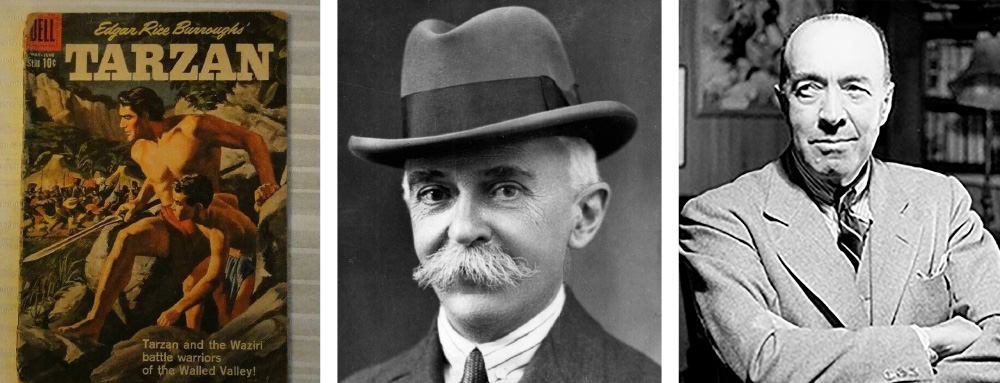
The Uruguayans, kicking a half-deflated cowhide ball, beat the Swiss 3-0 and are still celebrating as if the clock had not been invented by their rivals.
These Olympics had nothing to do with those held in 1900 there, but rather than a competition between nations, they were presented as sporting contests and as part of the programme of the great Universal Exhibition that was attracting all the attention, set up around the Eiffel Tower.
The competitions in Art continued, as in 1900: Architecture, Painting, Literature, Music and
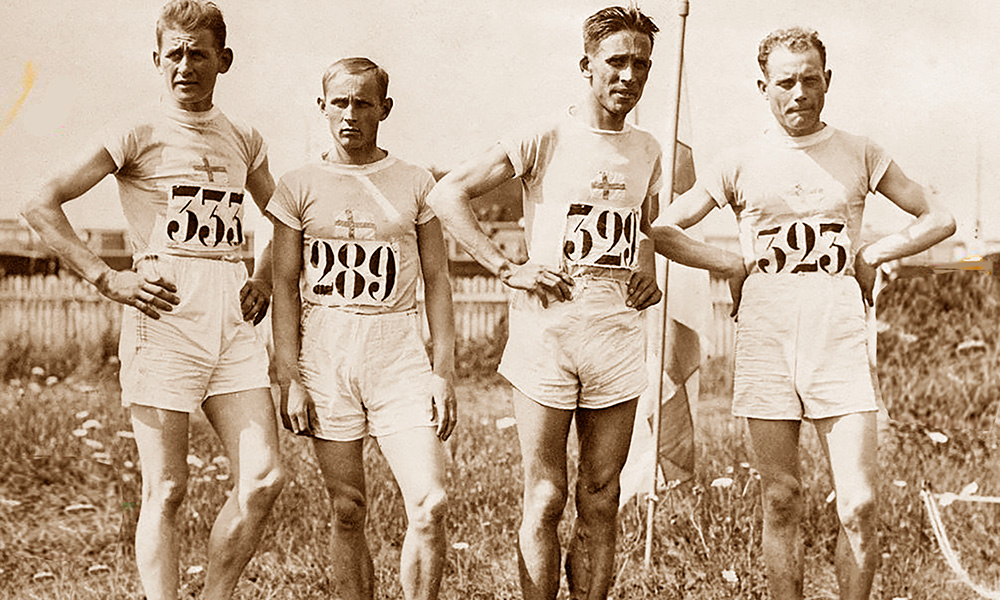

Sculpture. A cockiness on a bicycle. Isn’t that right?
In 1924, the Finnish runners, the “flyers,” swept the long-distance races. Paavo Nurmi won the 1,500 meters and that same day, he was the champion of the 5,000 meters, unthinkable today, with the silliness of competitors who think they are gods.
The Englishman Harold Abrahams beat his fellow countryman Liddel, who was prevented from running on a Sunday “when it was a holy day” due to religious fanaticism.
What is worth highlighting is the outstanding and unforgettable figure of that party, a young Romanian, a neighbour of Dracula who had remained anchored in “America”. His boyish face and 20-year-old mask showed the essence of the philosophical summary of Olympism: his big smile, his kind friendship, his natural musculature that gave him something to share, and his skill as a fish “in his water” that gave him 3 gold medals and one bronze.
Such was his triumph that William de Hart’s great long jump feat became as dark as his skin.
It was the beginning of cinema and he did not hesitate to replace the almost cave-dwelling Tarzan played by Elmo Lincoln in 1918.
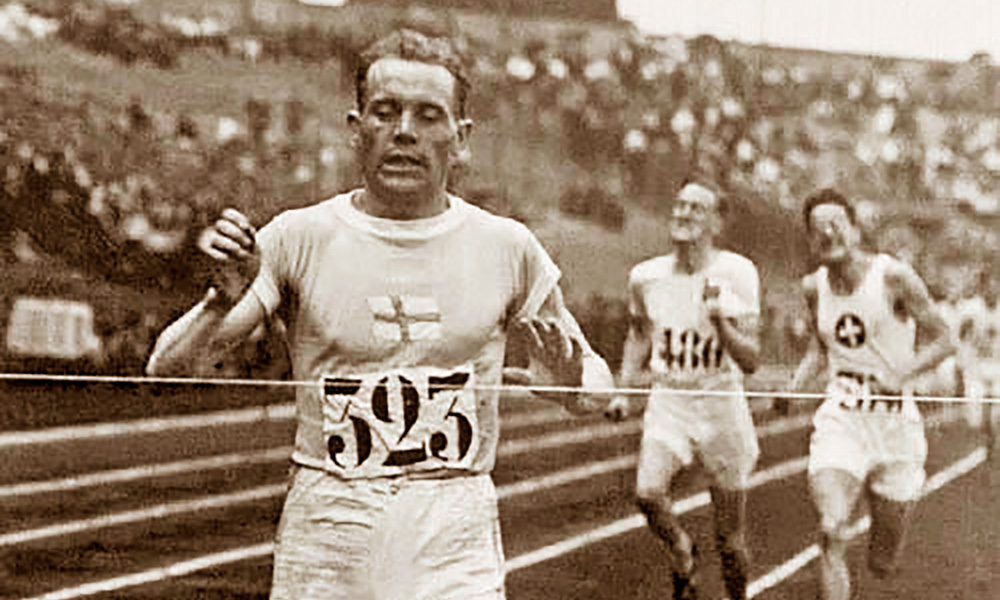

In fact, Johnny Weismuller became the 8th “actor” to scream just as the adventure novelist Edgar Rice Burroughs had written, who, as if by chance, produced more than 3,000, competing, in “pulp fiction”, with the Spaniard Marcial de la Fuente Estefanía.
In Amsterdam in 1928, she once again shone in swimming with the cinematic nickname that made her famous even in Nairobi, but people focused all their attention on the fact that women were able to compete, for the first time, in athletics despite the opposition of Coubertin himself, who could not go, supposedly due to illness, and because of the refusal of Pope Pius XI.
Tarzan won five golds and one bronze here. Paavo Nurmi again shone with three golds in the difficult long-distance and middle-distance races.
In the following video you can see that Paris from those games:
